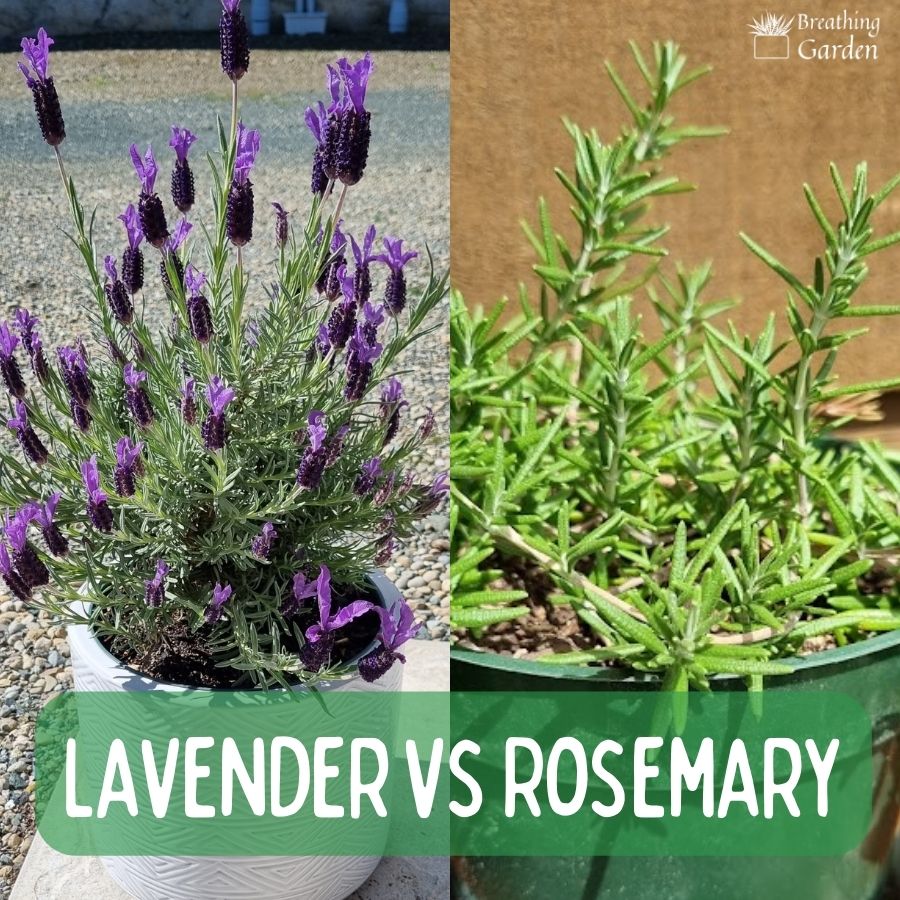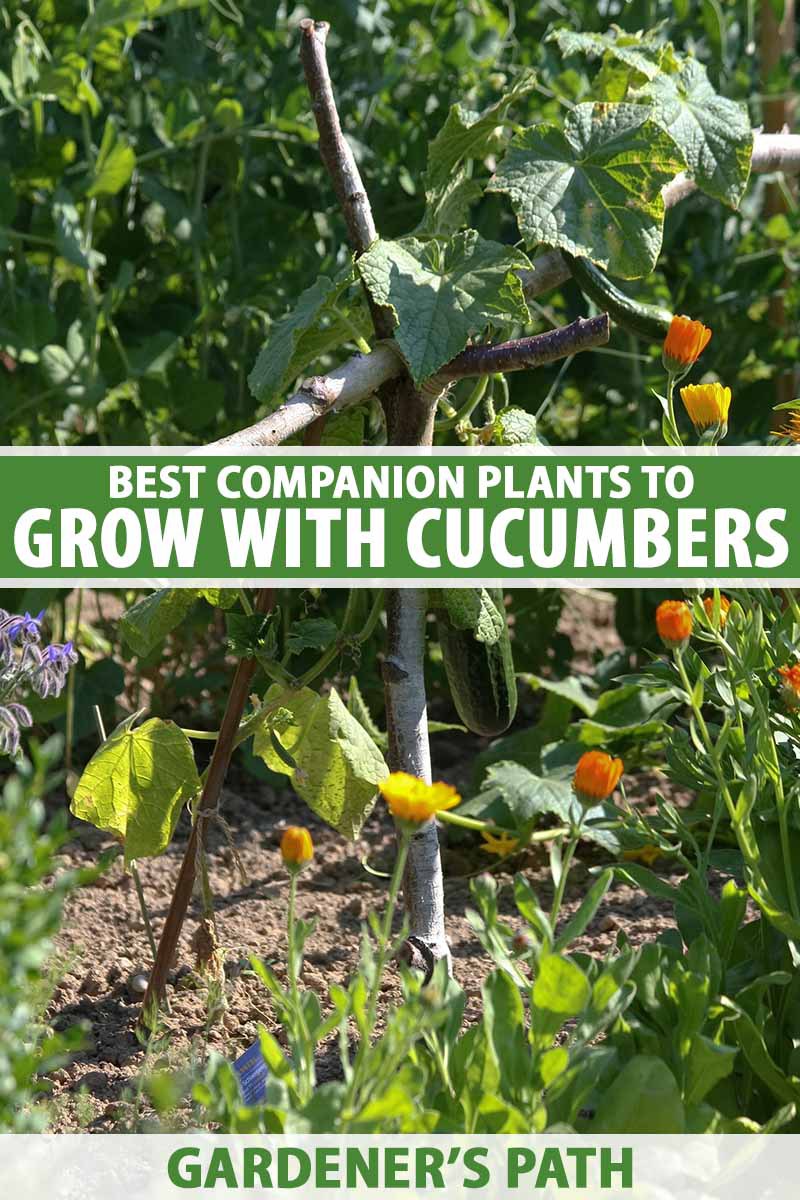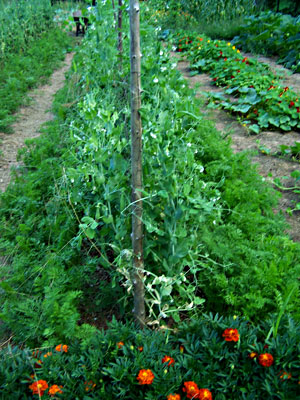The Ultimate Guide To Companion Planting: Which Plants Grow Best Together
The Ultimate Guide to Companion Planting: Which Plants Grow Best Together
Companion planting is a gardening practice that involves planting certain crops together to benefit each other. By understanding which plants complement each other, you can create a more productive and pest-resistant garden.
In this guide, we will discuss the basics of companion planting, as well as some of the most popular companion plant pairings. We will also provide some tips on how to get started with companion planting in your own garden.
What is Companion Planting?
Companion planting is based on the idea that certain plants can help to improve the growth and health of other plants. For example, some plants can attract beneficial insects that help to control pests, while others can help to improve the soil quality or deter pests.
There are many different benefits to companion planting. Some of the most common benefits include:
- Increased crop yields
- Improved plant health
- Reduced pest and disease problems
- Increased biodiversity
- Enhanced beauty of the garden
How Does Companion Planting Work?
There are a number of different ways that companion planting can work. Some of the most common mechanisms include:
- Attracting beneficial insects. Many plants attract beneficial insects, such as ladybugs, lacewings, and hoverflies. These insects help to control pests by eating aphids, caterpillars, and other garden pests.
- Improving soil quality. Some plants, such as legumes, fix nitrogen in the soil. This helps to improve the fertility of the soil and makes it easier for other plants to grow.
- Decreasing competition for resources. By planting different plants together, you can help to reduce competition for water, sunlight, and nutrients. This can lead to increased yields for all of the plants in your garden.
- Defending against pests. Some plants have natural defenses against pests. For example, marigolds release a scent that repels nematodes, while garlic can help to deter deer.
Which Plants Grow Best Together?
There are many different companion plant pairings that you can try. Here are a few of the most popular:
- Beans and corn: Beans fix nitrogen in the soil, which benefits the corn. Corn provides shade for the beans, which helps to protect them from pests.
- Carrots and onions: Onions repel the carrot fly, which can damage carrots. Carrots help to improve the flavor of onions.
- Cucumbers and nasturtiums: Nasturtiums attract pests away from cucumbers. Cucumbers help to support the nasturtiums.
- Herbs and tomatoes: Herbs can help to repel pests and improve the flavor of tomatoes. Tomatoes provide support for some herbs, such as basil.
- Lettuce and radishes: Lettuce grows quickly and can be harvested before it shades out the radishes. Radishes help to break up the soil, which benefits the lettuce.
Getting Started with Companion Planting
If you're new to companion planting, there are a few things you can do to get started:
- Do some research. There are many different resources available to help you learn about companion planting. Books, websites, and even gardening apps can provide you with information on which plants grow best together.
- Start small. You don't have to plant your entire garden in companion pairs. Start by planting a few different pairs in different areas of your garden. This will give you a chance to see how the plants interact and decide which pairings you like best.
- Be flexible. Don't be afraid to experiment with different companion plant pairings. There is no one-size-fits-all answer when it comes to companion planting. The best way to find out what works for you is to try different things.
Conclusion
Companion planting is a great way to improve the productivity and health of your garden. By understanding which plants complement each other, you can create a more balanced and pest-resistant garden.
If you're new to companion planting, don't be afraid to start small. There are many different resources available to help you learn about companion planting, and you can always experiment with different pairings to see what works best for you.
Do you want to grow a thriving garden, but you're not sure which plants to grow together? Companion planting is the practice of planting certain types of plants near each other to benefit each other's growth. For example, tomatoes and basil are natural companions, as basil helps to repel tomato hornworms and other pests.
If you're new to companion planting, you can find a wealth of information online. Gardenia Inspiration is a great resource for learning about the best plants to grow together. The website has a comprehensive list of companion plants, as well as information on how to plant and care for them.
In addition to providing information on companion planting, Gardenia Inspiration also offers a variety of other gardening resources, including tips on how to choose the right plants for your climate, how to prepare your soil, and how to control pests and diseases.
So if you're looking for a way to improve your garden's health and productivity, I encourage you to visit Gardenia Inspiration. You'll find everything you need to know about companion planting and more.
FAQ of best plants to grow together
5 Most Frequently Asked Questions About "Best Plants to Grow Together"
Q: What are the best plants to grow together?
A: There are many factors to consider when choosing plants to grow together, such as their size, sunlight requirements, water needs, and growth habits. Some popular combinations include:
- Zinnias and marigolds: These two annuals have similar needs for sunlight and water, and they complement each other's colors.

- Petunias and geraniums: These two annuals also have similar needs, and they come in a wide range of colors.

- Hostas and ferns: These two perennials can tolerate a variety of conditions, and they add different textures to a garden.

- Lavender and rosemary: These two herbs have a lovely fragrance, and they can be used in cooking or as ornamental plants.

- Tomatoes and basil: These two vegetables are a classic combination, and they benefit each other by attracting pollinators and deterring pests.
Q: How do I choose plants that will complement each other's colors?
A: When choosing plants to complement each other's colors, there are a few things to keep in mind. First, consider the overall color scheme of your garden. If you have a lot of bright colors, you might want to choose plants with more muted tones. Conversely, if your garden is mostly neutral colors, you might want to add some pops of color with brightly colored plants.
You can also use color theory to help you choose plants that will complement each other. For example, analogous colors are next to each other on the color wheel, and they create a harmonious look. Complementary colors are opposite each other on the color wheel, and they create a more dramatic look.
Finally, don't be afraid to experiment with different color combinations. You might be surprised at what you find!
Q: How do I choose plants that have similar water and sunlight needs?
A: It's important to choose plants that have similar water and sunlight needs so that you don't have to water or fertilize them more often than necessary. This will help you save time and money, and it will also help your plants thrive.
There are a few ways to find out the water and sunlight needs of different plants. You can look at the plant tag or label, or you can consult a gardening book or website. You can also ask a gardening expert for help.
Q: How do I choose plants that have different growth habits?
A: Choosing plants with different growth habits will help you create a more interesting and dynamic garden. For example, you might want to combine tall plants with short plants, or spreading plants with upright plants.
You can also use different growth habits to create different levels in your garden. For example, you might plant tall plants in the back of your garden, and short plants in the front. This will create a sense of depth and interest.
Q: How do I know if two plants will get along?
A: Some plants are more compatible with each other than others. For example, some plants attract pests or diseases that can harm other plants. It's important to do your research before you plant two plants together to make sure that they will get along.
You can find information about plant compatibility in gardening books, websites, or by asking a gardening expert.
Image of best plants to grow together
5 different images of "best plants to grow together" from Pinterest.com:
- Tomatoes and basil: These two plants are a classic companion planting combination. Tomatoes benefit from the basil's insect-repelling properties, while basil loves the heat and sun that tomatoes thrive in.
- Carrots and onions: These two plants help each other to deter pests. The onion's strong smell helps to keep carrot flies away, while the carrot's foliage helps to shade the onion's roots, keeping them cool and moist.

- Cucumbers and beans: These two plants are both nitrogen-fixing plants, which means they can help to enrich the soil for each other. Cucumbers also benefit from the beans' shade, which can help to protect them from the hot sun.

- Peas and lettuce: These two plants are both cool-weather crops, so they can be planted together in the early spring or fall. Peas help to improve the soil structure for lettuce, while lettuce provides shade for the peas' roots.

- Marigolds and roses: Marigolds are a great companion plant for roses because they help to deter pests. The marigolds' strong smell helps to keep aphids, spider mites, and other pests away from the roses.

Post a Comment for "The Ultimate Guide To Companion Planting: Which Plants Grow Best Together"